Excited to share our latest work as part of the Allegro Project—an innovative step toward optimizing the co-existence of Quantum Key Distribution (QKD) and classical optical communication on the same fiber infrastructure.
🔍 What we did:
We developed a novel machine learning-based framework to predict the performance of a QKD-classical channel co-existence system. This system intelligently factors in:
- 📡 Number and power of classical channels
- 🧵 Fiber length
- 📊 Channel frequency placement
📌 Our scenario setup:
- 1 QKD channel @ 193.2 THz (1551.72 nm)
- 11 classical channels in the C-band:
• 5 between 192.80 – 193.00 THz
• 6 between 193.40 – 193.65 THz
🧠 Our solution:
We implemented an Artificial Neural Network (ANN) with:
- 1 input layer
- 2 hidden layers
- 1 output layer
🧪 Training dataset:
A diverse set of 16,654 co-existence scenarios, varying in:
- Channel powers
- Fiber distances
- On/off configurations
This approach helps forecast and optimize QKD performance in real-world network conditions—moving us closer to secure, scalable quantum-enhanced communication.
Kudos to the team and collaborators who made this possible! 👏
#QuantumTechnology #QKD #AI #MachineLearning #Photonics #OpticalNetworks #ResearchInnovation #AllegroProject #Cybersecurity #QuantumCommunication

